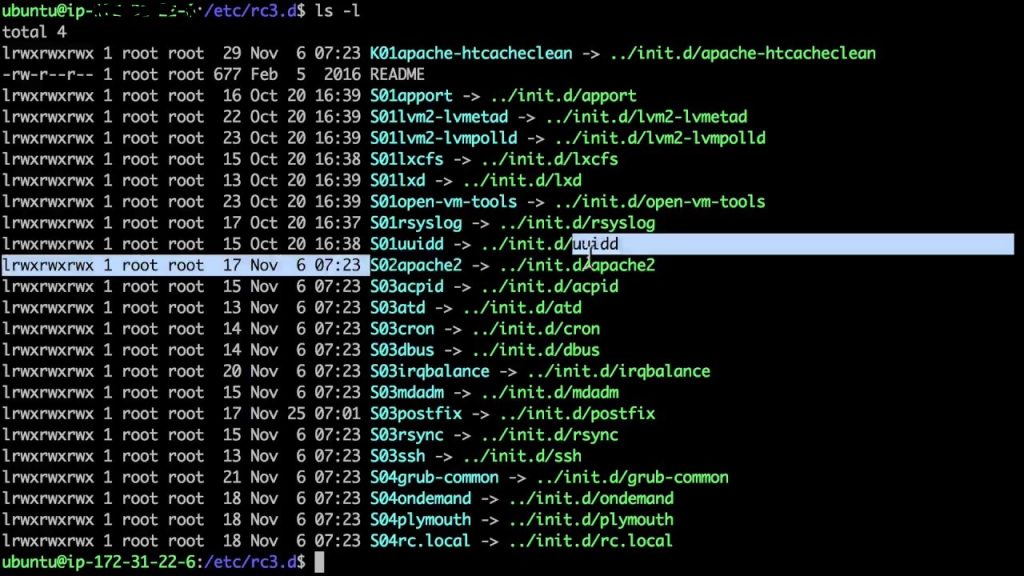Introduction
Have you ever wondered why the term “demon” is used instead of “root” in Linux? In this article, we will delve into the fascinating world of Linux terminology and uncover the reasons behind this peculiar choice. So grab your popcorn and let’s dive in!
The Origins of Demon
To understand why “demon” is used, we must first explore its origins. The term “demon” actually comes from the Greek word “daimon,” which referred to a supernatural being or spirit. In the context of Linux, a demon is a background process that runs continuously, performing specific tasks without direct user interaction.
Why Not Root?
Now, you might be wondering why Linux didn’t use the term “root” instead of “demon” for these background processes. Well, the answer lies in the desire to avoid confusion. In Linux, “root” refers to the superuser or administrator account, which has complete control over the system. Using “root” to describe background processes could lead to misunderstandings and make it difficult to differentiate between administrative tasks and background tasks.
Unleashing the Power of Demons
By using the term “demon,” Linux developers aimed to create a clear distinction between the administrative tasks performed by the root user and the background processes running autonomously. Demons are designed to handle specific tasks, such as managing network connections, monitoring system performance, or handling file transfers. They operate independently of user commands and continue to run even when no users are logged in.

Convert the root into demon Command is:-
chown -R daemon:daemon .The Advantages of Demons
Using demons in Linux offers several advantages. Firstly, it allows for efficient multitasking by offloading specific tasks to separate processes, thereby improving overall system performance. Secondly, demons can be configured to restart automatically if they encounter any errors or crashes, ensuring the continuous operation of vital system functions.
Conclusion
In conclusion, the choice to use “demon” instead of “root” in Linux was made to avoid confusion and clearly differentiate between administrative tasks and background processes. Demons play a crucial role in Linux by handling specific tasks independently and continuously. So the next time you encounter a demon in your Linux system, remember that it’s not something to be feared, but rather a helpful spirit tirelessly working behind the scenes.
Now that you know the story behind the term “demon” in Linux, go forth and impress your friends with your newfound knowledge. Until next time, happy Linux-ing!
References
Random Fact
Did you know that the first demon introduced in Linux was called “inetd”? It was responsible for managing incoming network connections and is still used in some systems today.